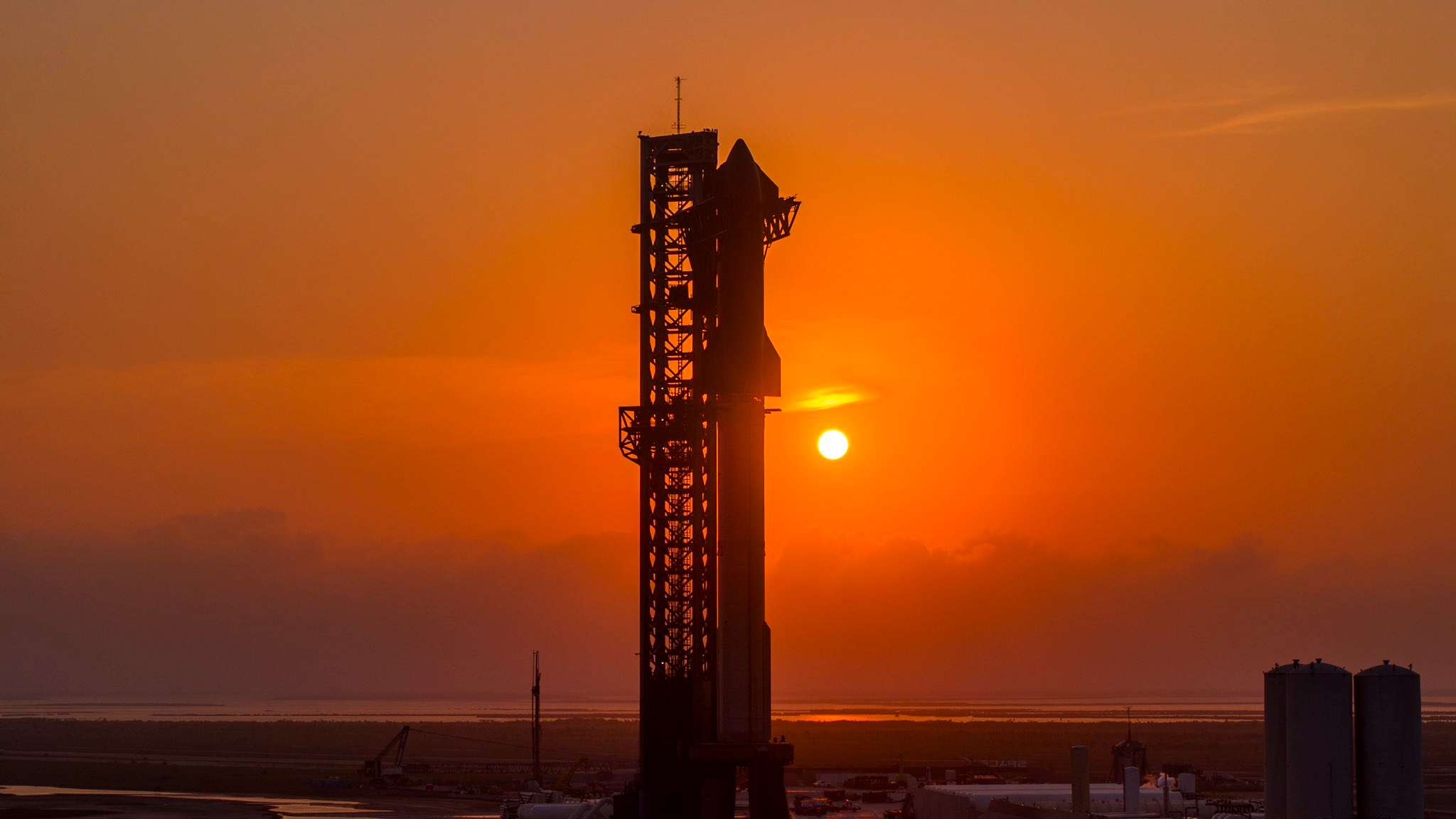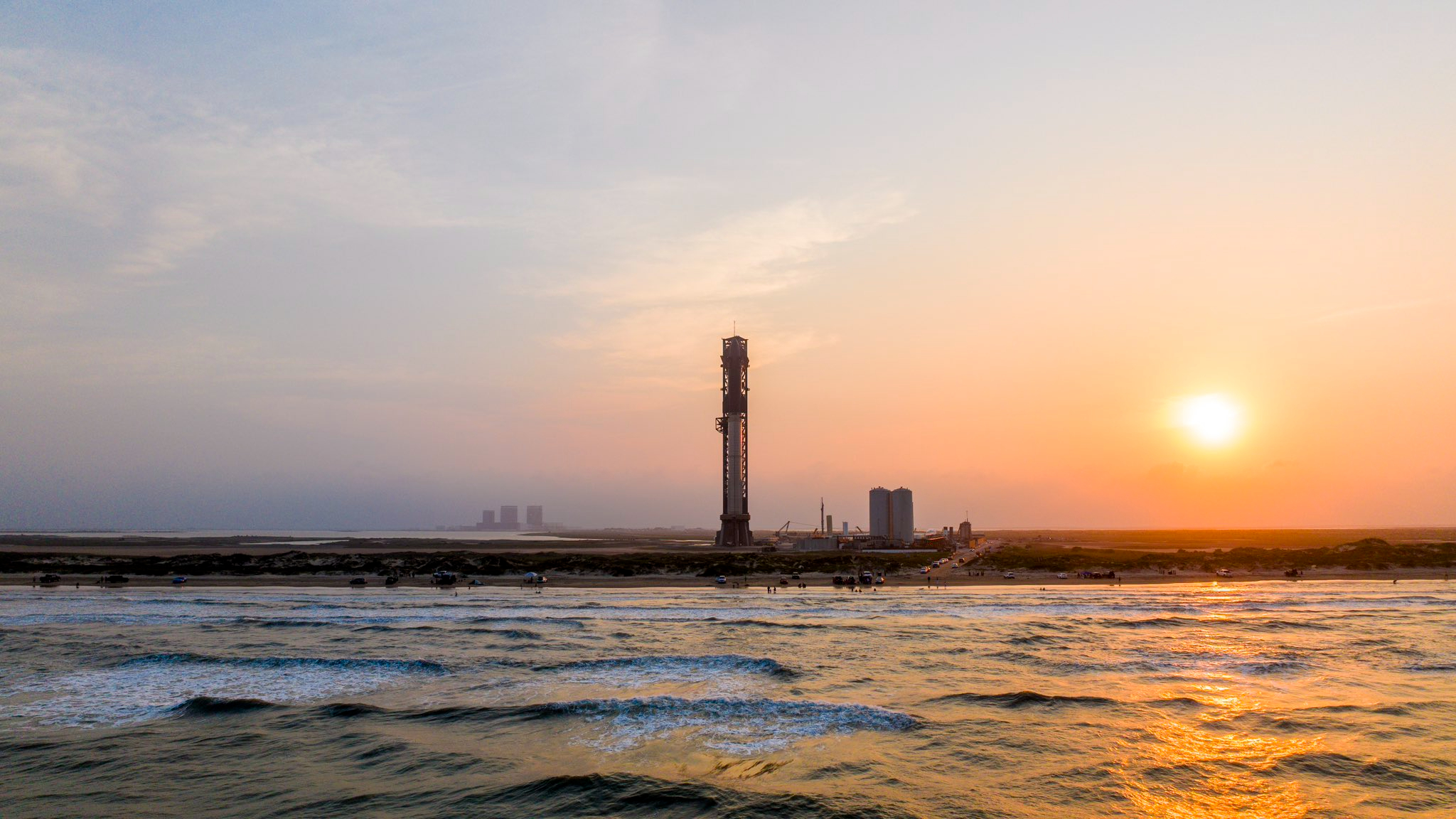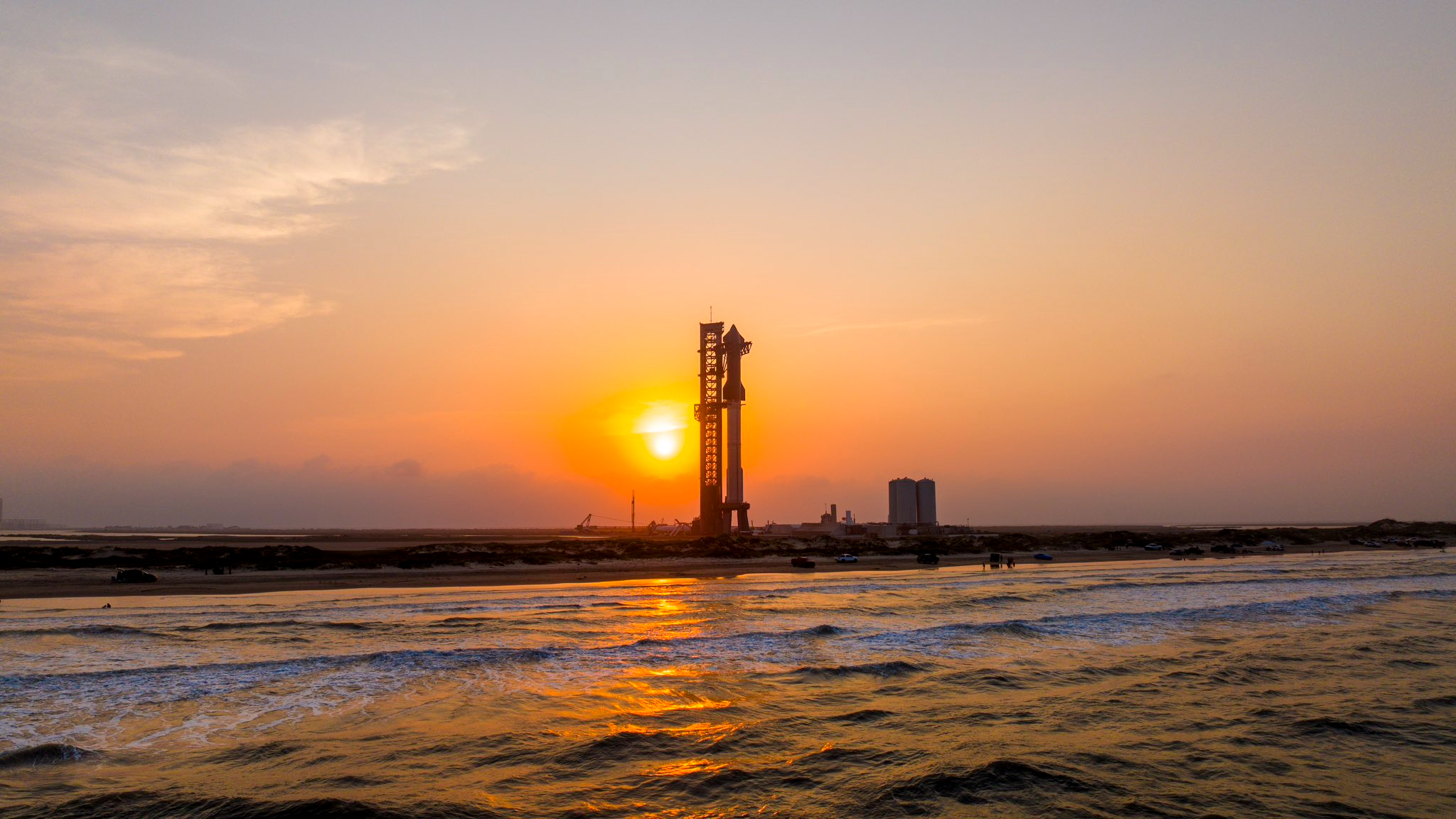SpaceX targeting June 6 for next launch of Starship megarocket (photos)

SpaceX's giant Starship rocket will fly again this week, if all goes according to plan.
The company announced over the weekend that it's targeting Thursday (June 6) for the fourth-ever test flight of Starship, the biggest and most powerful rocket the world has ever known.
"Starship is ready to fly," SpaceX founder and CEO Elon Musk wrote in a Sunday (June 2) X post, which also shared several photos of the 400-foot-tall (122 meters) rocket on the pad at Starbase, the company's manufacturing and launch site in South Texas.
Related: Relive SpaceX Starship's 3rd flight test in breathtaking photos
The Thursday target is a one-day slip from the previously announced "no earlier than" date. SpaceX did not give a reason for the change.
The company is eyeing a morning launch on Thursday, with a window opening as early as 8 a.m. EDT (1200 GMT; 7 a.m. local Texas time). SpaceX will webcast the action live via X, beginning 30 minutes before liftoff.
A Thursday launch is contingent on SpaceX's securing regulatory approval, as the company noted in its weekend announcement. That approval presumably concerns a Starship launch license modification, which the U.S. Federal Aviation Administration has been reviewing.
Breaking space news, the latest updates on rocket launches, skywatching events and more!
Starship has conducted three test flights to date, in April 2023, November 2023 and March 14 of this year.
Starship has done significantly better on each successive flight. Its two stages — the Super Heavy booster and Starship (or simply "Ship") upper stage — failed to separate on the debut flight, which lasted just four minutes. The vehicle aced stage separation on launch number two and doubled its flight time. Starship achieved orbital velocity on flight three, which lasted nearly 50 minutes and ended when the upper stage broke apart upon reentry to Earth's atmosphere.
Flight four's trajectory will be similar to that of flight three, with Super Heavy targeting a Gulf of Mexico splashdown and the upper stage aiming to land in the Indian Ocean.
"The fourth flight test turns our focus from achieving orbit to demonstrating the ability to return and reuse Starship and Super Heavy," SpaceX wrote in a mission description. "The primary objectives will be executing a landing burn and soft splashdown in the Gulf of Mexico with the Super Heavy booster, and achieving a controlled entry of Starship."
Wednesday should still be a busy day in spaceflight, even with the Starship push: NASA, Boeing and United Launch Alliance (ULA) are targeting Wednesday for the launch of Crew Flight Test (CFT), the first-ever astronaut mission of Boeing's new Starliner capsule.
CFT will send NASA astronauts Butch Wilmore and Suni Williams to the International Space Station for a roughly week-long stay. The mission is scheduled to launch Wednesday at 10:52 a.m. EDT (1452 GMT) atop a ULA Atlas V rocket, after several delays.

Michael Wall is a Senior Space Writer with Space.com and joined the team in 2010. He primarily covers exoplanets, spaceflight and military space, but has been known to dabble in the space art beat. His book about the search for alien life, "Out There," was published on Nov. 13, 2018. Before becoming a science writer, Michael worked as a herpetologist and wildlife biologist. He has a Ph.D. in evolutionary biology from the University of Sydney, Australia, a bachelor's degree from the University of Arizona, and a graduate certificate in science writing from the University of California, Santa Cruz. To find out what his latest project is, you can follow Michael on Twitter.


